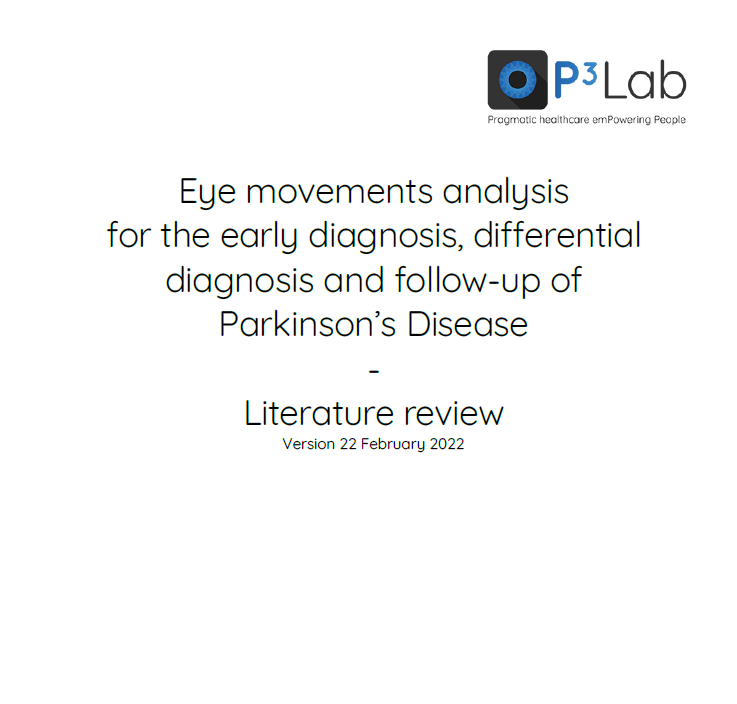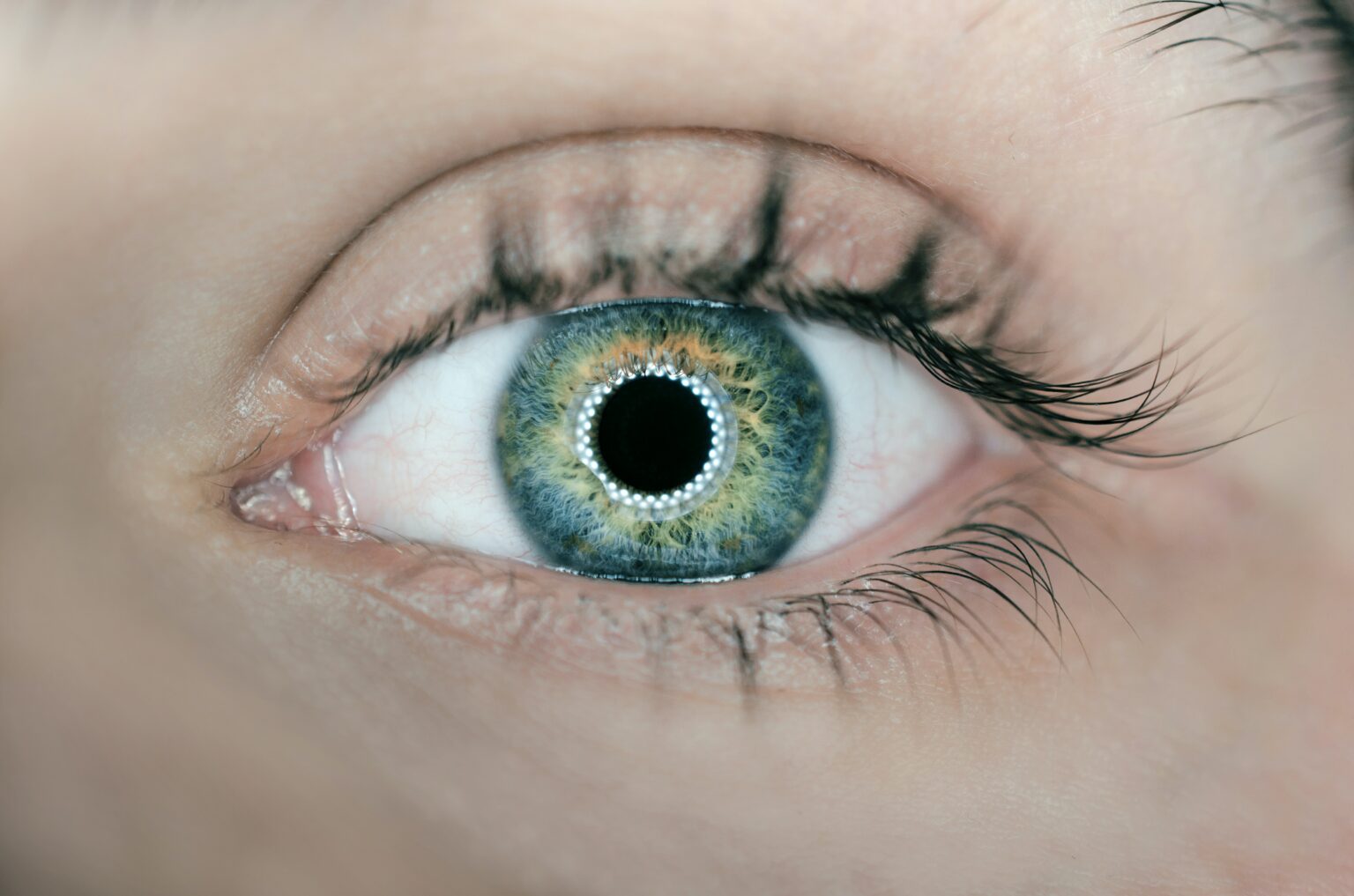Clinical highlights – June 2022
We are thrilled to inform you about the science of eye tracking. Every month, we will keep you updated on the latest news shared by the scientific community. The newsletter of this month is related to the analysis of eye movements for the early diagnosis, differential diagnosis and follow-up of Parkinson’s disease.
We are also excited to announce you that a first prototype of NeuroClues TM is ready! NeuroClues * is a portable lab that will help you instantaneously measure your clinical exam . Do not hesitate to contact us for a demo.
The P3Lab team
*The product is not yet available for sale and will soon undergo clinical investigations.
Parkinson’s Disease diagnostics challenges
Parkinson’s Disease (PD) is the second-most common neurodegenerative disorder worldwide with more than 10 million people worldwide living with that disease.
There is no single definitive test for diagnosing PD and no way to track disease progression on a biological level. Aside from finding a cure, the aim of PD research is the discovery of biomarkers. Today, biomarkers can be identified through a number of different methods, including imaging scans, biological samples, and genetic studies. However none of these can be easily tested. Furthermore they don’t vary with disease severity, and cannot support the diagnosis of the disease before symptoms appears.
Finding the right biomarkers would greatly accelerate clinical research by shortening the timeframe needed to show that a drug has successfully engaged a disease-specific target in the brain or nervous system. Biomarkers may also be useful for determining optimal drug dosage.
Source: NIH
Eye tracking, a quest for objective biomarkers
There is a wealth of scientific knowledge about eye movements analysis for the early diagnosis, differential diagnosis and follow-up of Parkinson’s Disease. We list here one of many examples for each field of application:
Early stage diagnosis
Recent studies have identified antisaccades latency as a predictive biomarker to identify the subpopulation of Parkinson patients who will develop freezing of gait, up till 5 years in advance!
Antisaccade latency is a predictive marker of the 5-year onset of freezing of gait
Differential diagnosis
Expected variations of oculomotor biomarkers for pathological populations with movement disorders can help differentiate Parkinson’s disease from another movement disorder disease.

Legends: PD: Idiopathic Parkinson’s Disease ; MSA: Multiple System Atrophy ; CBS: Corticobasal Syndrome; PSP: Progressive Supranuclear Palsy ; LBD: Lewy body Dementia; PDD: Parkinson’s Disease Dementia; ATD: Alzheimer’s type Dementia; PNFA: Progressive Nonfluent Aphasia; FTD/tau: Frontotemporal Dementia – tauopathies ; FTD/TDP: Frontotemporal Dementia: – Proteinopathies; sw : square waves ; dbn : downbeat nystagmus ; e.s. : express saccade
Adapted from Leigh, R. &. (2015-06). The Neurology of Eye Movements. Oxford, UK: Oxford University Press.
Follow-up
A recent meta-analysis confirms that antisaccade latency and error rate are significantly increased in PD. Furthermore acute administration of levodopa had no significant effects on antisaccade performance in a small number of eligible studies.
According to the results of the meta-analysis, antisaccade latency may provide a potential marker for disease severity and progression in PD
You want to know more?
Our experts have gathered a comprehensive list of scientific literature about the analysis of eye movements for the early diagnosis, differential diagnosis, and follow-up of Parkinson’s disease. Feel free to contact us a request a copy.

Meet us at SFN – Paris
We are organizing a symposium dinner on the 9th of June, 7.30 PM at the Novotel Paris Bercy Centre. The event will start with 2 presentations from experts in oculomotricity:
- A scientific talk in english by Prof Dr Ulrich Ettinger from the University of Bonn about the scientific goals of oculomotricity.
- A presentation of its clinical use in the diagnosis and follow-up of movement disorders by Pierre Pouget, PhD , from the Institut du Cerveau à Paris (in French).
You will then be invited to share your feedbacks about NeuroClues, the portable eye tracking device easy-to-use developed by P3Lab.

